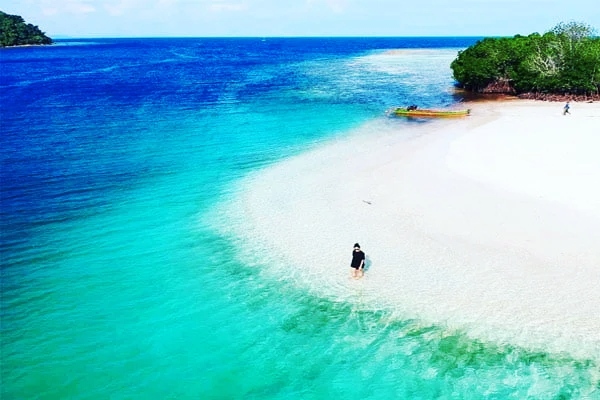The hidden beauty of Kelagian Kecil Island - the natural charm of Lampung

Lampung, a province at the southern tip of the island of Sumatra, has a million natural beauties that have not yet been fully discovered. One of the hidden gems is Kelagian Kecil Island in Pesawaran. Covering an area of approximately [number] hectares, this island offers impressive natural charm and interesting facts worth exploring. 1. Extraordinary biodiversity. Kelagian Kecil Island is home to several unique species of flora and fauna. Several rare species have been discovered, including several unique species found in the Lampung region. This biodiversity guarantees a balanced ecosystem and makes the island an attractive research site for life scientists. 2. Incredible coral reef ecosystem. The waters surrounding Kelagian Kecil Island are decorated with beautiful coral reef ecosystems. The beauty of the underwater world not only fascinates professional divers, but also offers visitors the incredible opportunity to explore the colorful and enchanting underwater world. 3. Enviro...






